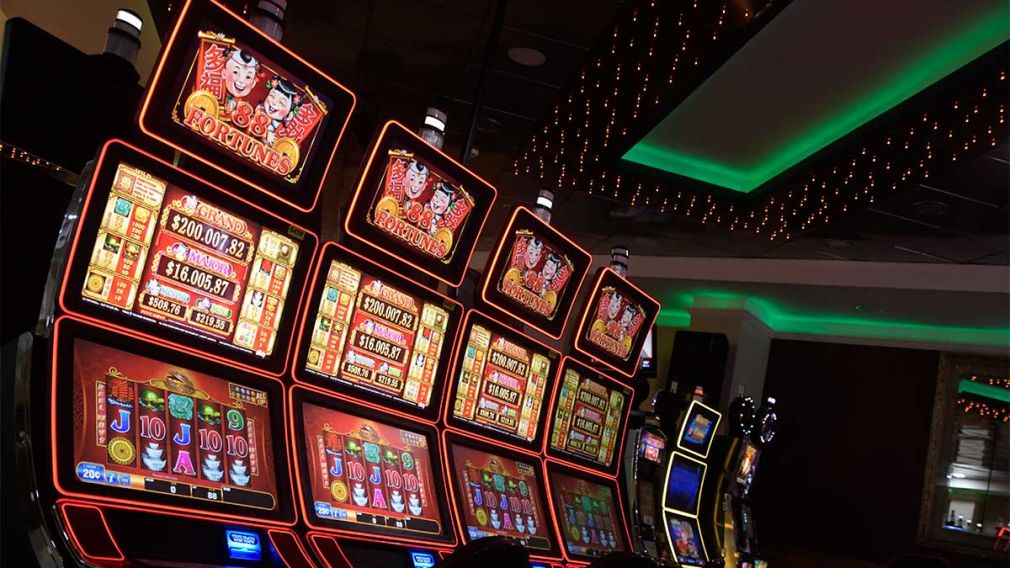
Casino experiences have long captivated the human imagination, drawing gamblers into a world filled with fortune, planning, and the allure of thrill. Each experience is meticulously crafted not just for enjoyment, but also to inspire specific emotional responses that keep participants engaged and interested. Understanding the drives behind these designs reveals much about how behavioral psychology plays a crucial role in the gaming experience.
From the dazzling lights and dynamic sounds to the intricate layering of guidelines and rewards, casino games are designed to create an atmosphere of excitement and anticipation. Game designers leverage psychological principles to influence player behavior, whether through the use of winning opportunities, close-call situations, or social interactivity. By examining these elements, we can better appreciate how casino games fulfill not just a need for entertainment, but more profound psychological needs for excitement and risk.
Grasping Gamer Behavior
Casino games are designed with a thorough understanding of gamer psychology, which is vital for drawing in and keeping players. The excitement of the game, combined with the expectation of winning, produces a formidable draw. Game designers make use of elements like audio cues, vibrant graphics, and engaging gameplay to engage attention and elicit emotional responses. These sensory effects enhance the overall experience, making players feel more attached in the game.
Another notable aspect of player behavior is the notion of risk versus reward. Casino games often weigh high-risk scenarios with the potential for substantial rewards, which can cause the event known as near-miss phenomenon. When players come near to winning, the brain releases dopamine, strengthening their behavior and motivating them to keep playing in search of that fleeting win. This cycle of wish and letdown plays a critical role in how games are constructed and promoted.
Lastly, community aspects also play a critical role in player behavior at casinos. Many games are designed to be played in groups or in company with other players, creating a sense of community and shared experience. The interaction inherent in games like poker enhances enjoyment and can result in prolonged gaming periods. Designers capitalize on this by designing environments that invite players to remain, connect, and revisit, making the overall casino experience more attractive.
The Role of Imagery and Audio
Imagery and sound play a significant role in elevating the player’s experience within casino games. Designers utilize bold colors, eye-catching graphics, and engaging animations to grab gambler’s attention and maintain their interest. The use of themes, such as adventure or opulence, helps create an engaging atmosphere that takes players into a different world. By appealing to the senses, these elements contribute to a heightened emotional response, encouraging players to interact more profoundly with the games.
Sound design is just as important in enhancing the overall experience of gambling games. The combination of ambient music, audio effects for successful combinations, and environmental noises creates an auditory landscape that holds players fascinated. Audio cues associated with wins, such as chiming bells or celebratory music, evoke feelings of excitement and reward, encouraging players to keep playing. These sound cues are strategically placed to amplify the thrill of the game and create a more immersive experience.
Additionally, the alignment of visuals and audio is crucial for reinforcing the game’s overall theme and atmosphere. Each element should coordinate seamlessly to create a cohesive experience that pulls players in. The effective use of this integration not only improves user enjoyment but also increases the likelihood of return play, as players become more engaged in the captivating world that the gambling games offer. beste casinos ohne OASIS This thoughtful integration of visuals and audio ultimately enhances player engagement and commitment.
Incentive Structures and Engagement
The development of casino games significantly depends on reward structures to keep players involved and coming back for more. These systems are based in behavioral principles that take advantage of human nature and desire. Participants are often motivated by the excitement of winning, which is reinforced by immediate responses through the game structure’s mechanics. This instant gratification not just improves the gaming experience but also fosters a sense of achievement, prompting participants to keep participating in hopes of greater rewards.
Gaming establishments adopt various reward structures, including large payouts, extra rewards, and increased rewards, to engage participants. These elements create a level of thrill that sustains engagement. Additionally, the randomness of outcomes plays a crucial role in keeping attention. The intermittent reinforcement schedule, where wins are random but occur often enough, maintains participants on edge and driven to keep playing. This loop of anticipation and anticipation is foundational to the success of gambling experiences.
In addition, social elements, such as tournaments and multiplayer features, enhance the participation factor by leveraging the desire to compete of participants. The shared experience of gaming with others can intensify the excitement of winning and create a sense of community within the gaming space. By combining these community elements with efficient incentive structures, gambling experiences not only provide fun but also nurture a deeper bond among players, reinforcing their commitment to the overall experience.
